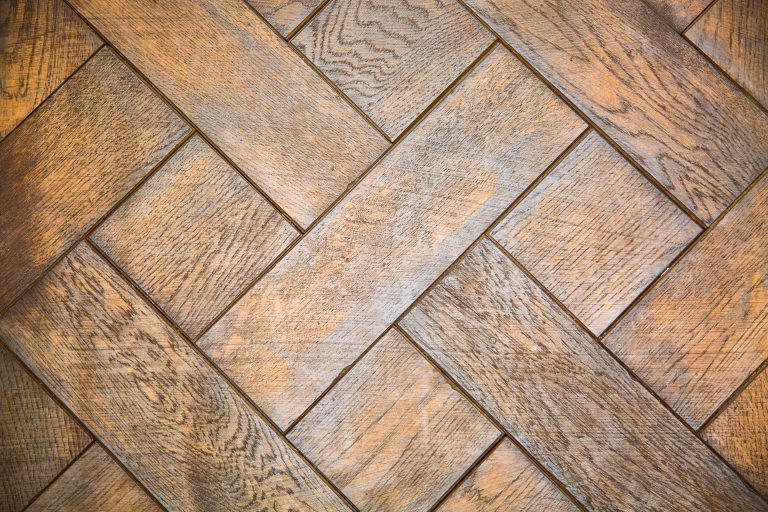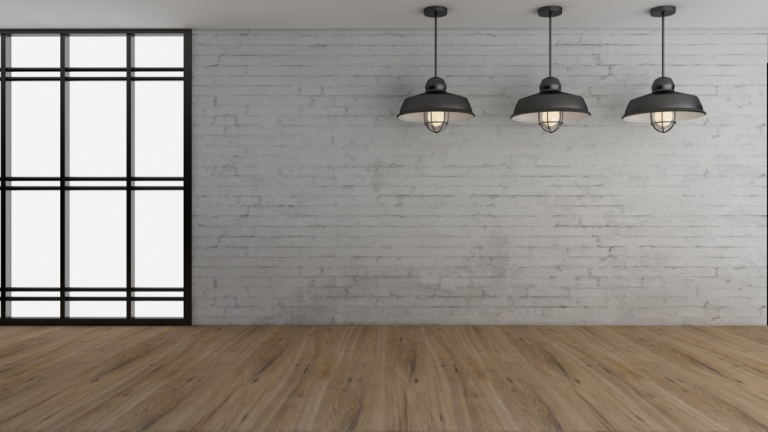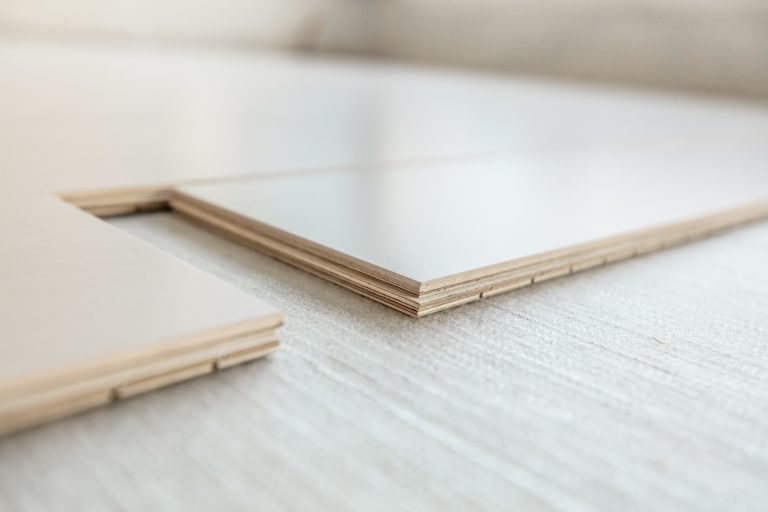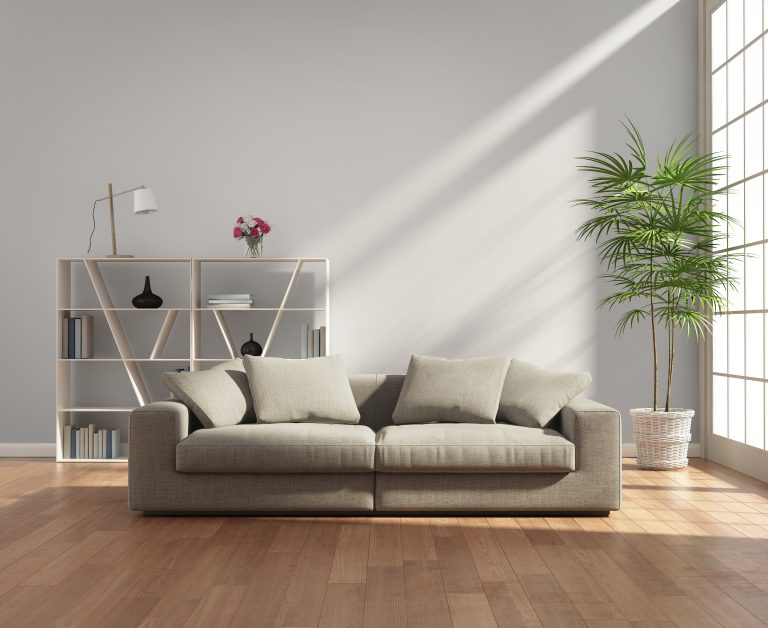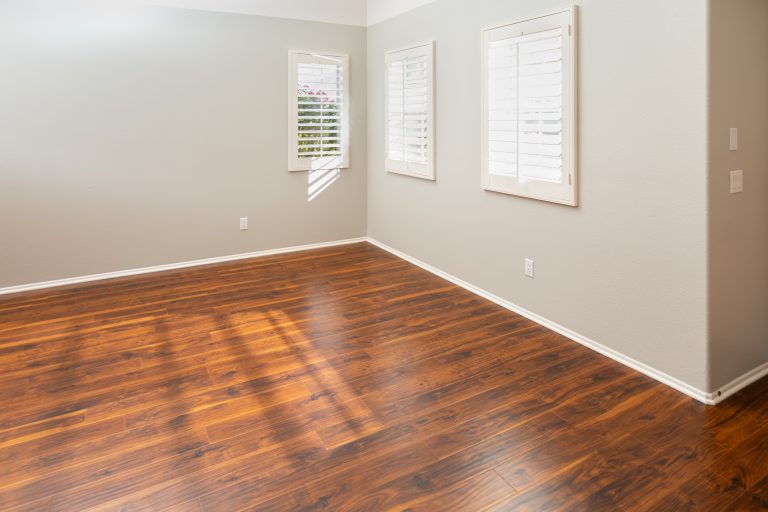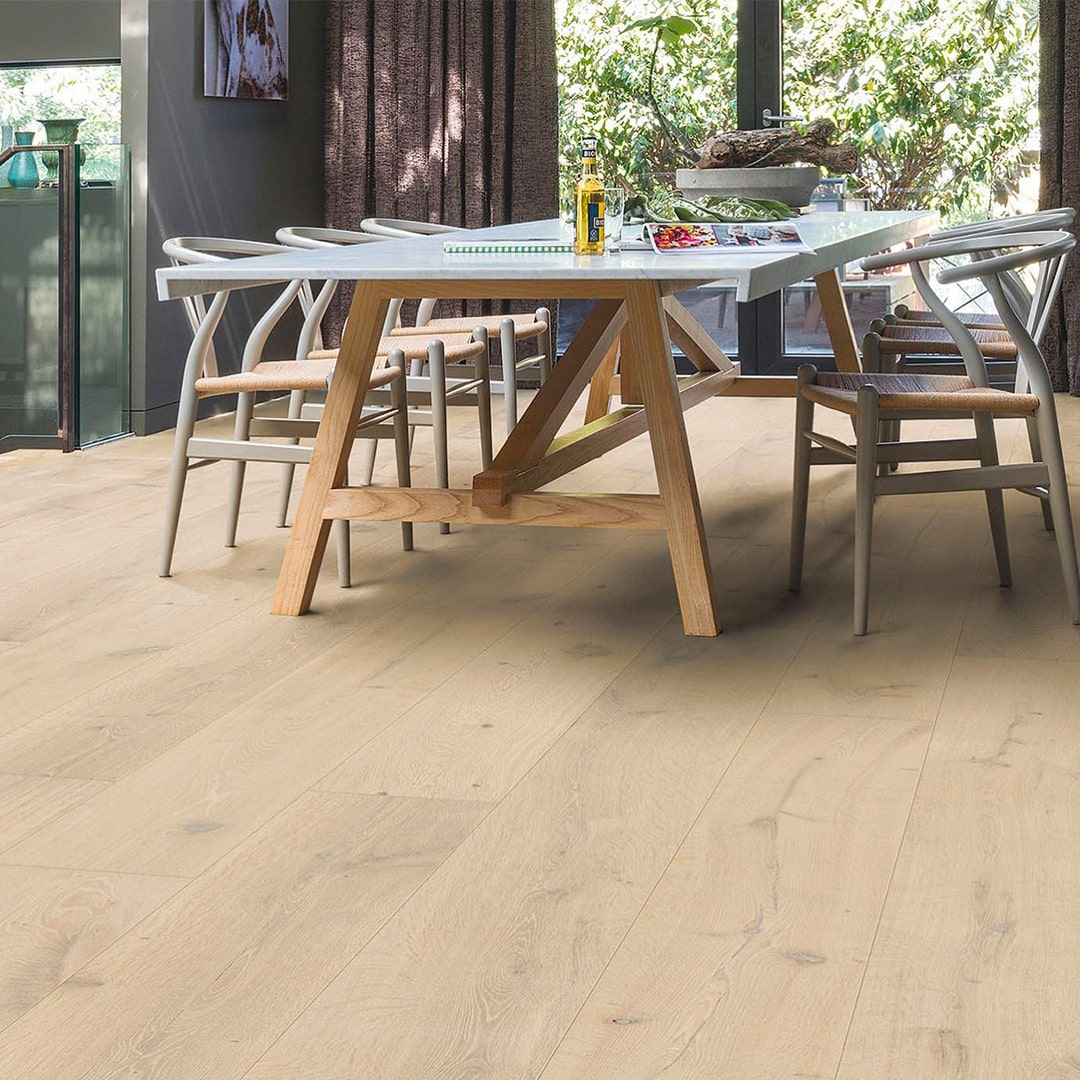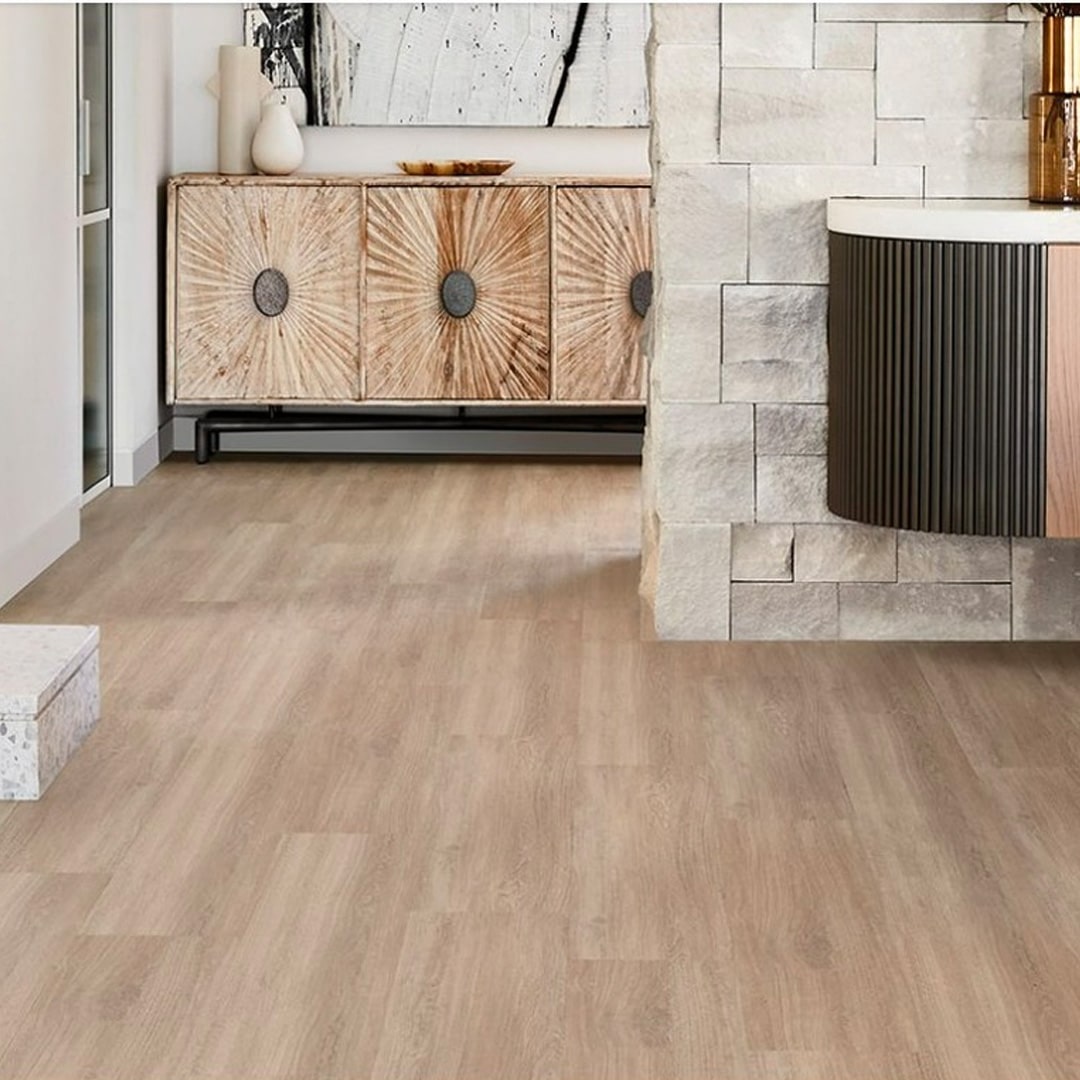4 Reasons Your Carpet is Ruining Your Health
Over the years, carpeting has been marketed as a family-friendly flooring product. But as more research is gathered on health conditions like asthma, rosacea, and allergies, health experts are beginning to suggest that carpet is actually a major contributor to these common ailments.
In fact, the American Lung Association’s suggests that carpet should not be used in the home, stating:
“Instead of carpets, chose hard-surfaced flooring and rugs that can be removed and cleaned outside. If this is not possible, vacuum at least three times a week with a High Efficiency Particulate Air (HEPA) filter.”
How Bad Can Carpet Really Be?
Some of the most common side-effects of carpeting includes:
- Respiratory problems (including asthma)
- Skin irritation, including redness, itching, and swelling.
- Allergies
Some people believe they clean their carpet often enough to avoid the hazards of trapped airborne pollutants. But vacuuming doesn’t count as carpet cleaning; instead, carpets must be steam-cleaned by a professional carpet cleaner to truly lift the dust and debris that contribute to these conditions.
What Factors Make Carpet an Unhealthy Flooring Choice?
Carpets Trap Airborne Pollutants
Carpets have dense fibers that can trap a variety of unwanted debris, such as dust, pet hair, and mold spores. If the flooring isn’t cleaned with high-powered vacuums, those pollutants can remain in the carpet fibers for months.
Carpets Absorbs Moisture
People with pets and young children know that keeping a floor dry is a monumental challenge. Unlike other flooring options, carpet absorbs moisture. If spills (or pet accidents) aren’t soaked up immediately, mold and mildew can begin to grow between the subfloor and carpet.
Carpets Emit VOC’s
Most carpets are made with adhesive glues that contain VOC’s (volatile organic compounds). VOC’s are known to exist in many household cleaning products, along with known harmful substances like kerosene, cigarette smoke, and pesticides. If these are inhaled regularly, they can cause health conditions like asthma.
Note: carpets that have been certified by the Green Label Plus Indoor Air Quality Standard are free of VOC’s.
Carpets are Difficult to Clean Properly
Compared to other easy-clean floors, carpet is extremely difficult to clean thoroughly on a regular basis. According to carpet maintenance experts, the cost of professional cleaning for carpeting in an entire home can cost anywhere from $60-$150 per cleaning!
Alternatives to Carpeting
Thankfully, there are plenty of family-friendly flooring options to use instead of carpeting. Laminate, vinyl, and engineered wood are all affordable, low-maintenance flooring options that don’t pose health risks. If your family needs a floor that provides extra cushion underfoot, try installing a hard-surface floor with an underlay beneath it instead.
Even though carpets are marketed as the “go-to” floor for growing families, they can actually be detrimental to your family’s health if they aren’t professionally cleaned on a strict schedule. In fact, the common side-effects of carpeting include health issues like asthma and skin irritation. Because it is difficult (and expensive) to keep carpets truly clean, we recommend using hard-surface floors (like vinyl, engineered wood, and laminate) throughout your home instead.
Carpet is a popular flooring choice – but could it be harming to your health?
Over the years, carpeting has been marketed as a family-friendly flooring product. But as more research is gathered on health conditions like asthma, rosacea, and allergies, health experts are beginning to suggest that carpet is actually a major contributor to these common ailments.
In fact, the American Lung Association’s suggests that carpet should not be used in the home, stating:
“Instead of carpets, chose hard-surfaced flooring and rugs that can be removed and cleaned outside. If this is not possible, vacuum at least three times a week with a High Efficiency Particulate Air (HEPA) filter.”
How Bad Can Carpet Really Be?
Some of the most common side-effects of carpeting includes:
· Respiratory problems (including asthma)
· Skin irritation, including redness, itching, and swelling.
· Allergies
Some people believe they clean their carpet often enough to avoid the hazards of trapped airborne pollutants. But vacuuming doesn’t count as carpet cleaning; instead, carpets must be steam-cleaned by a professional carpet cleaner to truly lift the dust and debris that contribute to these conditions.
What Factors Make Carpet an Unhealthy Flooring Choice?
Carpets Trap Airborne Pollutants
Carpets have dense fibers that can trap a variety of unwanted debris, such as dust, pet hair, and mold spores. If the flooring isn’t cleaned with high powered vacuums, those pollutants can remain in the carpet fibers for months.
Carpets Absorbs Moisture
People with pets and young children know that keeping a floor dry is a monumental challenge. Unlike other flooring options, carpet absorbs moisture. If spills (or pet accidents) aren’t soaked up immediately, mold and mildew can begin to grow between the subfloor and carpet.
Carpets Emit VOC’s
Most carpets are made with adhesive glues that contain VOC’s (volatile organic compounds). VOC’s are known to exist in many household cleaning products, along with known harmful substances like kerosene, cigarette smoke, and pesticides. If these are inhaled regularly, they can cause health conditions like asthma.
Note: carpets that have been certified by the Green Label Plus Indoor Air Quality Standard are free of VOC’s.
Carpets are Difficult to Clean Properly
Compared to other easy-clean floors, carpet is extremely difficult to clean thoroughly on a regular basis. According to carpet maintenance experts, the cost of professional cleaning for carpeting in an entire home can cost anywhere from $60-$150 per cleaning!
Alternatives to Carpeting
Thankfully, there are plenty of family-friendly flooring options to use instead of carpeting. Laminate, vinyl, and engineered wood are all affordable, low-maintenance flooring options that don’t pose health risks. If your family needs a floor that provides extra cushion underfoot, try installing a hard-surface floor with an underlay beneath it instead.
Even though carpets are marketed as the “go-to” floor for growing families, they can actually be detrimental to your family’s health if they aren’t professionally cleaned on a strict schedule. In fact, the common side-effects of carpeting include health issues like asthma and skin irritation. Because it is difficult (and expensive) to keep carpets truly clean, we recommend using hard-surface floors (like vinyl, engineered wood, and laminate) throughout your home instead.


